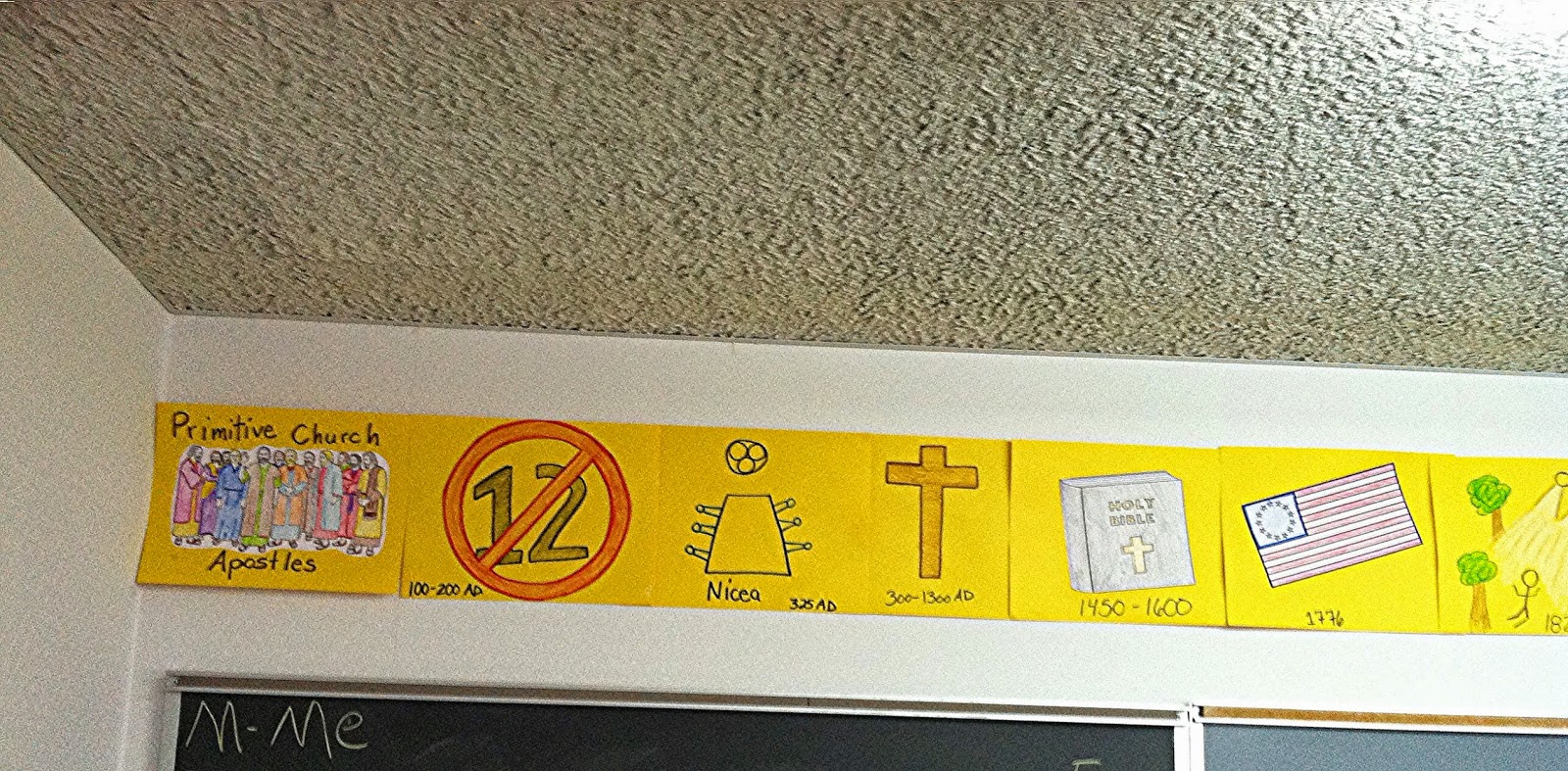Mormon Share > Feed Items
Feed Items
Jennifer Smith
September 18, 2014

By Ashley We are playing some “Getting to Know You” games for mutual tonight since we have some new YW in our ward. I couldn’t find a “YW/church” related one online. All of them are for school. So thought I would share in case you run into the same problem. :) DOWNLOAD HERE Source:: Apples 4 Bookworms – Ashley
Jennifer Smith
September 17, 2014

By [email protected] (Sheena Perron) IDENTIFY THE DOCTRINE(hearing a story and reciting a scripture): Tell a story about a child who tells another child about his fishing trip and greatly exaggerates the size of the fish he caught. Ask the children what the child did wrong and what he should have done. Invite the children to think of one of the Articles of Faith that would help them remember to tell…
Read more
neisha
September 17, 2014

This is my fourth post featuring my Young Women’s Personal Progress V{owl}ue Owls! These cute owls are the perfect way to encourage your girls to work on Personal Progress. Each unique owl corresponds to one of the Personal Progress Values: Faith, … Continue reading →
Jennifer Smith
September 16, 2014

By Ashley This post is lesson helps and printable for “Come Follow Me” September’s: As my attention-getter we played this game: I let them look at the items in the pan for 1 minute. Then, I covered it up and they had to list as many things they could remember in one minute. HOWEVER, I took a pic of the tray ahead of time with my phone and let one…
Read more
Jennifer Smith
September 15, 2014
Downloaded from: http://ldsscriptureteachings.org/2014/09/15/a-timeline-of-the-translation-of-the-plates/ 1827 September 21, 1823 – Joseph meets Moroni. Joseph is 17 years old. September 22, 1827 – Joseph receives the plates. Oct.-Dec., 1827 – Joseph moves due to persecution- he moves to Harmony, Penn. with Emma- 100 miles away, Martin … Continue reading →
LDS Scripture Teachings
September 15, 2014

1827 September 21, 1823 – Joseph meets Moroni. Joseph is 17 years old. September 22, 1827 – Joseph receives the plates. Oct.-Dec., 1827 – Joseph moves due to persecution- he moves to Harmony, Penn. with Emma- 100 miles away, Martin … Continue reading →
Jennifer Smith
September 15, 2014
Downloaded from: http://seminaryatsixam.blogspot.com/2014/09/ugottawanna.html Doctrine and Covenants Sections 11-12Forms of the word, ‘desire’, are the recurring theme in section 11 given to Hyrum Smith, yet meant for all who have good desires. We discussed desire, how do have desire, what good and righteous desires are, and what it means and how to be a part of the “UGOTTAWANNA” club. This time of year, many of the students are joining clubs and…
Read more
Shauna
September 15, 2014

Doctrine and Covenants Sections 11-12Forms of the word, ‘desire’, are the recurring theme in section 11 given to Hyrum Smith, yet meant for all who have good desires.We discussed desire, how do have desire, what good and righteous desires are, and what…
neisha
September 15, 2014

This is the second post featuring my Young Women’s Personal Progress V{owl}ue Owls! These cute owls are the perfect way to encourage your girls to work on Personal Progress. Each unique owl corresponds to one of the Personal Progress Values: … Continue reading →
Jennifer Smith
September 15, 2014

By [email protected] (Pam Mueller) At a recent in-service meeting, we were told to start off on the first day with a lesson. There is nothing more boring than having papers handed out and the teacher droning on an on about the new year. So…we learned the Parable of the 10 virgins and what that means to us in modern times. Then we made our own lamps… I took them home…
Read more
Jennifer Smith
September 15, 2014

By [email protected] (Pam Mueller) I love when teachers share their classroom. I copied this wonderful timeline from a fellow teacher, Linette Tearlink. Her time line is soooo much better. She is a wonderful artist. Since I can not draw, I printed off coloring pages I found online. it starts out with the Primitive Church/12 Apostles… Ending with a hastening of the work…the sneaker to small temples announced to the lower…
Read more
Scott Knecht
September 14, 2014
Would you like to know why most students won’t answer your questions in class and in fact are hesitant to participate in discussions at all? It’s because for the bulk of their educational lives they have been asked questions that need a specific answer and they have learned to be very hesitant about raising their hands to offer a simple thought. Even if they are semi-sure that they know the answer, they also know that the possibility exists for error and they will probably be wrong and the teacher will not hesitate to point it out. When they (or you or me) are publically called out for being wrong we will hardly try again; hence, the resistance to classroom participation.
But students almost always have something to say and it takes the right kind of question to bring it out, and it takes the right attitude from the teacher to bring it out. The attitude is this: “I know you have something to say and I really, really want to hear it.” But the teacher can’t just say that; it has to be demonstrated. You have to show them that attitude.
The right kind of question is the one that requires a response rather than an answer. An answer is a very specific type of response that corresponds directly to the question. Think of a math class (“The square root of 16 is…?”). There is only one answer to that question. Think of a science class (“The 15th element on the periodic table is…?”). Only one answer will do for that question, so we watch students furrow their brows and puzzle over it, looking down and hoping not to make eye contact. Very few are brave enough to answer and when no one does the teacher continues to assume that questions are not very useful in class and “I should just stick to my lecture notes.” So much for questions that need an answer. They rarely bring one and when they do it comes without much thought.
But what about asking a question that begs for a response? A response is any comeback that keeps the conversation going. It could be an attempt to directly answer the question, but it could be a follow up question from a student, or simply a thought, or a wonderment. What if the teacher asked the kinds of questions to which there are no wrong answers? How about this one: “The Russians launched an earth orbiting vehicle before the Americans, but the Americans were first on the moon. Why?” There could be lots of reasons and lots of thoughts about that, but all can participate safely.
Here’s another one: “Joseph Smith received his first vision in 1820 but the church wasn’t organized until 10 years later. What was happening in those 10 years that made the wait necessary?”
Often you can start a question with this simple phrase: “In your opinion…” There is a slight danger with that question because you don’t want to create a huge pool of shared ignorance, so the teacher needs to listen and guide and help reshape the responses, but everyone can eventually share an opinion.
I read of a science teacher who gave each student a barometer and asked them to use it to discover the height, in feet, of a certain tall building. I suppose there are a lot of useful scientific ways to figure that out but the one that intrigued me was the student who had the correct answer and when asked to explain his method said, “I went to the building superintendant and told him that if he would just tell me how tall the building was that I would give him the barometer.” The teacher’s original question created enough room that a wide variety of thoughts and responses were acceptable.
So if you want to get students talking in your class – and it works for both adults and kids – stop asking them to recall names and dates and numbers. That closes the door very quickly. And please stop asking this question “What did we talk about last time?” I can barely remember what I had for dinner last night. I just know that it was good and I liked it but I generally can’t recall it on cue anymore than I can recall the content of yesterday’s lesson (or last week’s). If you need to spend a brief little time reviewing what you did last meeting, just ease them into it by reminding them – “Remember yesterday that we talked about some of the main reasons America entered World War II? The reason that I thought the strongest was….. Which was yours?” As you ease them into it, they will remember and start to talk and then you can begin asking them questions that really generate thought and discussion, questions that need responses not answers.




